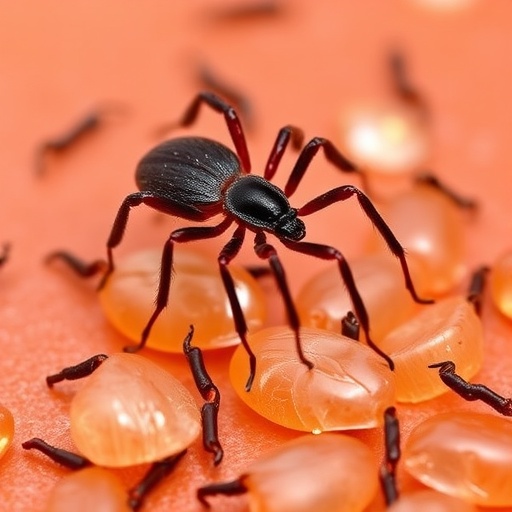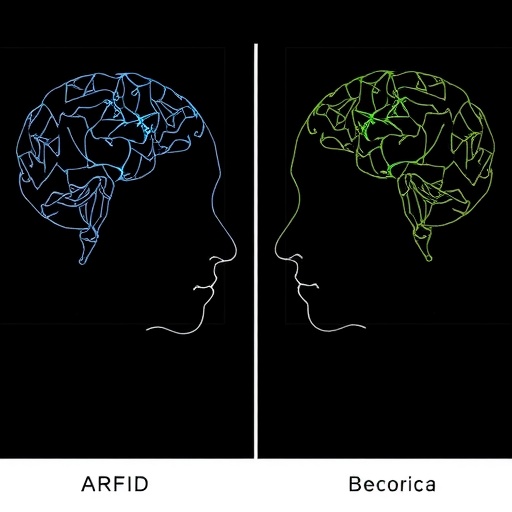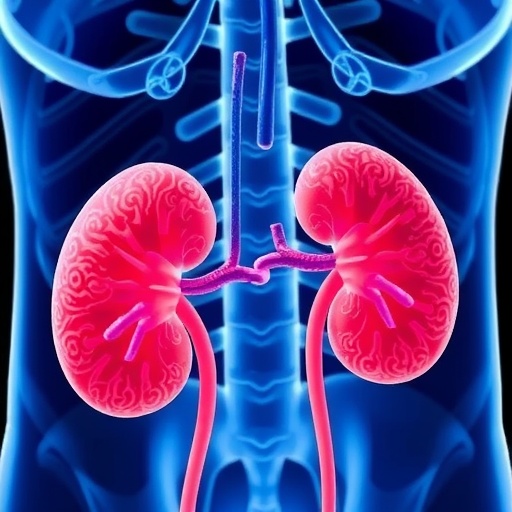Current ‘gold standard’ treatment does not work for up to 20% of population and kills beneficial bacteria
Scientists screened nearly 500 FDA-approved compounds to assess effectiveness against Lyme
Piperacillin effectively treats Lyme disease at 100-times lower dose than doxycycline
CHICAGO — Lyme disease, a disease transmitted when deer ticks feed on infected animals like deer and rodents, and then bite humans, impacts nearly half a million individuals in the U.S. annually. Even in acute cases, Lyme can be devastating; but early treatment with antibiotics can prevent chronic symptoms like heart and neurological problems and arthritis from developing.
Scientists from Northwestern University have identified that piperacillin, an antibiotic in the same class as penicillin, effectively cured mice of Lyme disease at 100-times less than the effective dose of doxycycline, the current gold standard treatment. At such a low dose, piperacillin also had the added benefit of “having virtually no impact on resident gut microbes,” according to the study, which will be published April 23 in the journal Science Translational Medicine.
Doxycycline and other generic antibiotics, on the other hand, wreak havoc on the microbiome, killing beneficial bacteria in the gut and causing troubling side effects even as it kills the borrelia bacteria that causes Lyme. In addition to its negative impact on the gut, doxycycline also fails to help between 10 and 20% of individuals who take it, and it is not approved for use in young children — who are at the highest risk of tick bites, and therefore, of developing Lyme.
More effective, or at least more specified, treatment options are needed as climate change extends tick seasons and Lyme becomes more prevalent.
“Powerful, broad-spectrum antibiotics that kill extracellular bacteria are seen as the most effective medication because physicians want to just kill the bacterium and don’t care how,” said Brandon L. Jutras, who led the research. “This is certainly a reasonable approach, but I think the future for Lyme disease patients is bright in that we are approaching an era of customized medicine, and we can potentially create a particular drug, or a combination to treat Lyme disease when other fail. The more we understand about the various strains and species of Lyme disease-causing Borrelia, the closer we get to a custom approach.”
Jutras is an associate professor in the microbiology-immunology department of Northwestern University Feinberg School of Medicine, and a member of Northwestern’s Center for Human Immunobiology. Jutras’s lab was recently named a Phase 3 winner in LymeX Diagnostics, the Steven & Alexandra Cohen Foundation’s $10 million competition to accelerate the development of Lyme disease diagnostics, and in 2021 he won the Bay Area Lyme Foundation Emerging Leader Award.
The authors argue that piperacillin, which has already been FDA-approved as a safe treatment for pneumonia, could also be a candidate for preemptive interventions, in which someone potentially exposed to Lyme (with a known deer tick bite) would receive a single-dose shot of the medication.
To reach the conclusion that the penicillin relative would be the most effective and targeted treatment, the team screened nearly 500 medicines in a drug library, using a molecular framework to understand potential interactions between antibiotics and the Borrelia bacteria. Once the group had a short list of potentials, they performed additional physiological, cellular and molecular tests to identify compounds that did not impact other bacteria.
They found that piperacillin exclusively interfered with the unusual cell wall synthesis pattern common to Lyme bacteria, preventing the bacteria from growing or dividing and ultimately leading to its death.
Historically, piperacillin has been administered as part of a two-drug cocktail to treat severe strep infections because strep can break down beta-lactams (piperacillin’s class of antibiotics) unless accompanied by tazobactam, which is an inhibitor of the enzyme that inactivates piperacillin. Jutras wondered if using the same two medications, rather than piperacillin alone, would be a more effective bacteria killer.
“Bacteria are clever,” Jutras said. “Strep and some other bacteria combat antibiotics by secreting beta-lactamases that inactivate piperacillin. We found the approach is totally irrelevant in the context of Lyme disease and another way that makes piperacillin more specific. Adding the beta-lactamase inhibitor doesn’t improve the therapy because Lyme Borrelia don’t produce beta-lactamase, but the cocktail does negatively impact the microbiome by becoming more broadly functional against beneficial residents.”
Lyme prevention remains a challenge — no approved human vaccine exists — and Jutras hopes his research moving forward will help with developing proactive strategies to diagnose and treat it.
The study was supported by the Bay Area Lyme Foundation and United States Department of Agriculture (VA-160113), the Dennis Dean Research Grant (Virginia Tech), the National Institutes of Allergy and Infectious Disease (R01AI173256, R01AI178711), the Steven & Alexandra Cohen Foundation and the Global Lyme Alliance.
Journal
Science Translational Medicine
Media Contact
Win Reynolds
Northwestern University
Journal
Science Translational Medicine
Journal
Science Translational Medicine
Keywords
/Health and medicine/Diseases and disorders/Infectious diseases/Microbial infections/Bacterial infections/Lyme disease
/Life sciences/Organismal biology/Animals/Invertebrates/Arthropods/Arachnids/Ticks
/Health and medicine/Clinical medicine/Translational medicine
/Health and medicine/Clinical medicine/Medical treatments/Drug therapy/Medications/Antibiotics
bu içeriği en az 2000 kelime olacak şekilde ve alt başlıklar ve madde içermiyecek şekilde ünlü bir science magazine için İngilizce olarak yeniden yaz. Teknik açıklamalar içersin ve viral olacak şekilde İngilizce yaz. Haber dışında başka bir şey içermesin. Haber içerisinde en az 12 paragraf ve her bir paragrafta da en az 50 kelime olsun. Cevapta sadece haber olsun. Ayrıca haberi yazdıktan sonra içerikten yararlanarak aşağıdaki başlıkların bilgisi var ise haberin altında doldur. Eğer yoksa bilgisi ilgili kısmı yazma.:
Subject of Research:
Article Title:
News Publication Date:
Web References:
References:
Image Credits:
Keywords
Tags: antibiotic dosage comparisonantibiotic impact on microbiomechronic Lyme disease preventiondeer tick infectionsdoxycycline alternativesFDA-approved compounds screeninggut bacteria preservationLyme disease transmissionLyme disease treatmentNorthwestern University researchpiperacillin effectivenessresident gut microbes





